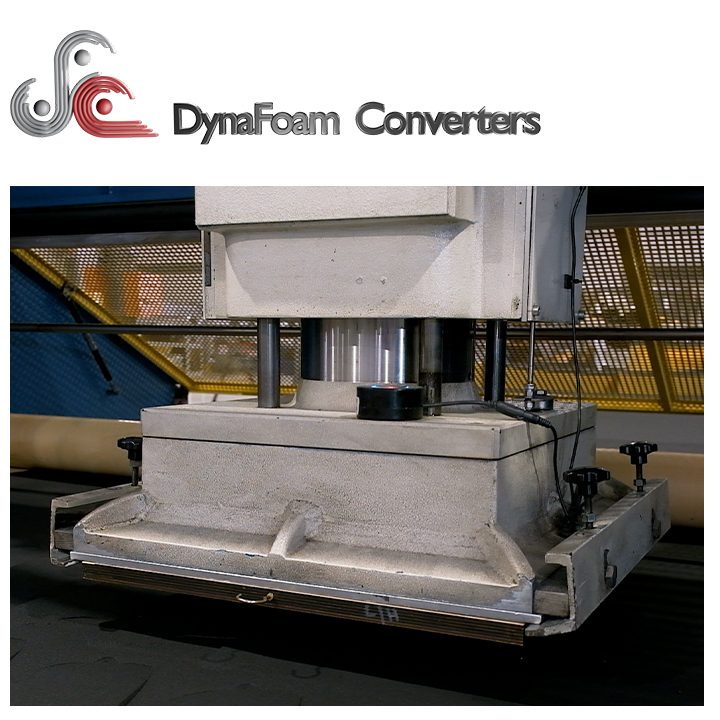- Gqeberha | South Africa
How digital task management transformed plant maintenance for SJM Flex
- Key Metrics Achieved

“Since using ODIN Checkpoint, my preparation time for generating my monthly reports has been drastically reduced. Where it used to take me days, it now takes me a few minutes; and this is all because the ODIN team took note of my concerns and problems and came up with solutions.
ODIN Checkpoint has also helped me through a few audits, and they have all been a breeze because every document is only a click away now. I have had a few comments from the auditors, saying how they wish all companies could be this easy to audit.”
Mark Smith | Maintenance Manager

“ODIN Checkpoint is fast and easy to use.”
Gary Mark Campher | Maintenance Fitter
About The Customer
SJM Flex is a leading global manufacturer of flexible exhaust couplings and decoupling solutions. With production facilities across Europe, Asia, North and South America, and Africa, the company supports OEMs and Tier 1 suppliers. The South African facility, located in Gqeberha, employs nearly 300 staff and is the continent’s only manufacturer of its own flexible-coupling machines. It maintains exceptional quality standards (IATF 16949, ISO14001) and is known for achieving defect rates as low as 1.8 PPM – well below global benchmarks.


“I love that it is a paperless solution, the ability to receive task notifications on WhatsApp and being able to attach an image inside the Alert Card being raised.”
Sharif Stemmet | Electrician
Customer Requirements
SJM Flex wanted to move away from the traditional, paper-based task and maintenance management process by digitising all scheduled tasks to achieve:
1. Visibility and Accountability
- Access downtime data and view task status
- Empower managers with real-time accountability and insights
- Allow remote management and oversight
2. Standardisation and Efficiency
- Standardise task execution
- Boost technician efficiency through prioritisation of tasks on mobile app
3. Data-Driven Maintenance
- Reduce unplanned downtime through faster
task tracking - Enable data-driven decision-making using
trend analysis
Key Challenges
Before ODIN Checkpoint, everything was managed on paper, in Excel, and via WhatsApp or word of mouth. The lack of a digital task management platform resulted in several operational challenges:
- Delayed access to downtime data and task visibility: Hindered timely response and effective maintenance planning.
- Inconsistent task execution: Led to varying quality outcomes and inefficiencies in maintenance tasks.
- Frequent unplanned downtime: Due to slow preventative task assignment and poor tracking processes.
- Reactive maintenance: Due to insufficient analysis of historical data to spot and address downward trends.
- Lack of real-time management insights: Prevented accountability and proactive decision-making.
Our Solution
ODIN Checkpoint, our digital task management solution, was implemented to solve key operational challenges. The introduction of a live maintenance performance dashboard gave comprehensive insights into operational efficiency, downtime per asset and task progress.
Key Takeaways
ODIN Checkpoint successfully digitised maintenance task management plantwide and bridged the communication gap between shop floor and top floor. Management has real-time visibility into maintenance activities through dashboards and notifications, while technicians are empowered to achieve consistent outcomes for preventative maintenance and daily operational tasks. The new proactive, data-driven maintenance culture has reduced unplanned downtime significantly, and SJM Flex is always audit ready.
Customer Benefits
- Paperless operations: Digital workflows eliminated paper use and reduced document storage requirements.
- Interactive guidance: Step-by-step instructions enabled staff to complete complex tasks accurately and independently.
- Real-time validation: Alerts for out-of-range values helped prevent costly mistakes.
- Accountability and transparency: Real-time visibility and task scheduling improved productivity and operational control.
- Improved efficiency and sustainability: Streamlined processes reduced downtime, saving energy and supporting sustainability goals.
- Audit-ready compliance: Digital records ensure full traceability and readiness for audits at any time.









